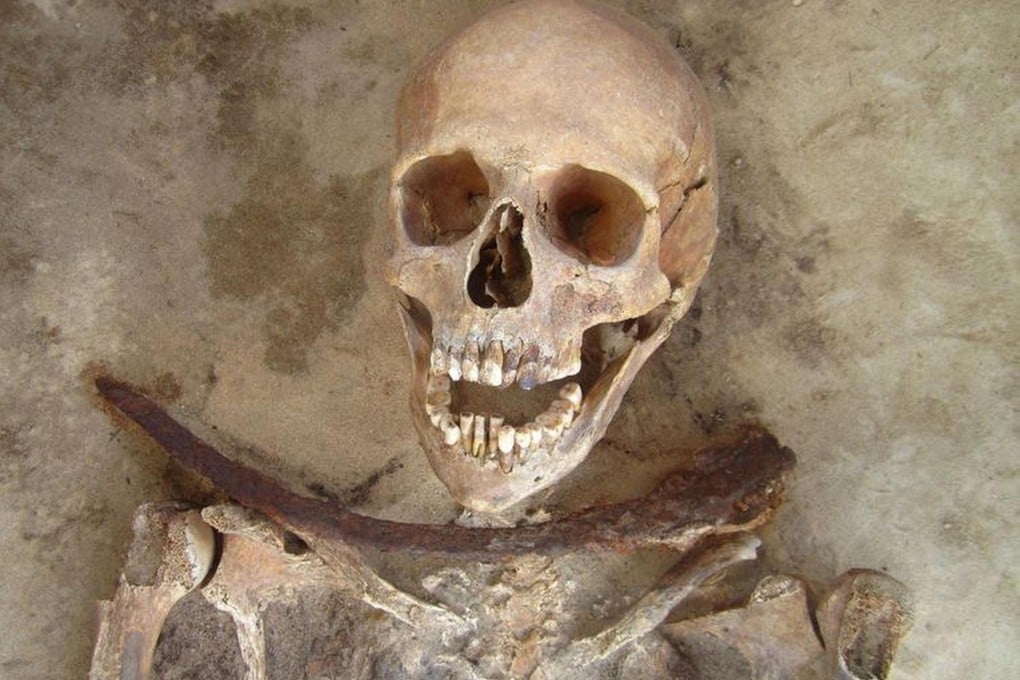Six vampire graves found in tiny Polish village of Drawsko
At least six suspected vampires were buried with blades and rocks in a tiny farming village in Poland during the 17th and 18th centuries.

At least six suspected vampires were buried with blades and rocks in a tiny farming village in Poland during the 17th and 18th centuries.
The dead were buried with sharp sickles across their throats meant to sever their heads if they tried to rise as vampires to prey on the living. Rocks were propped beneath their chins to keep them from biting.
The details were revealed in the online journal PLOS One.
Researchers have been excavating unmarked graves at the mysterious cemetery, on a farm outside the village of Drawsko, for about six years, although the first bones were ploughed up by farmers as far back as 1929. Experts have examined 285 human skeletons, finding only these six odd burials.
The "deviant" burial practices match historical records of vampire mythologies, which date at least to the 11th century.
Why these people were labelled vampires, however, is lost to history.